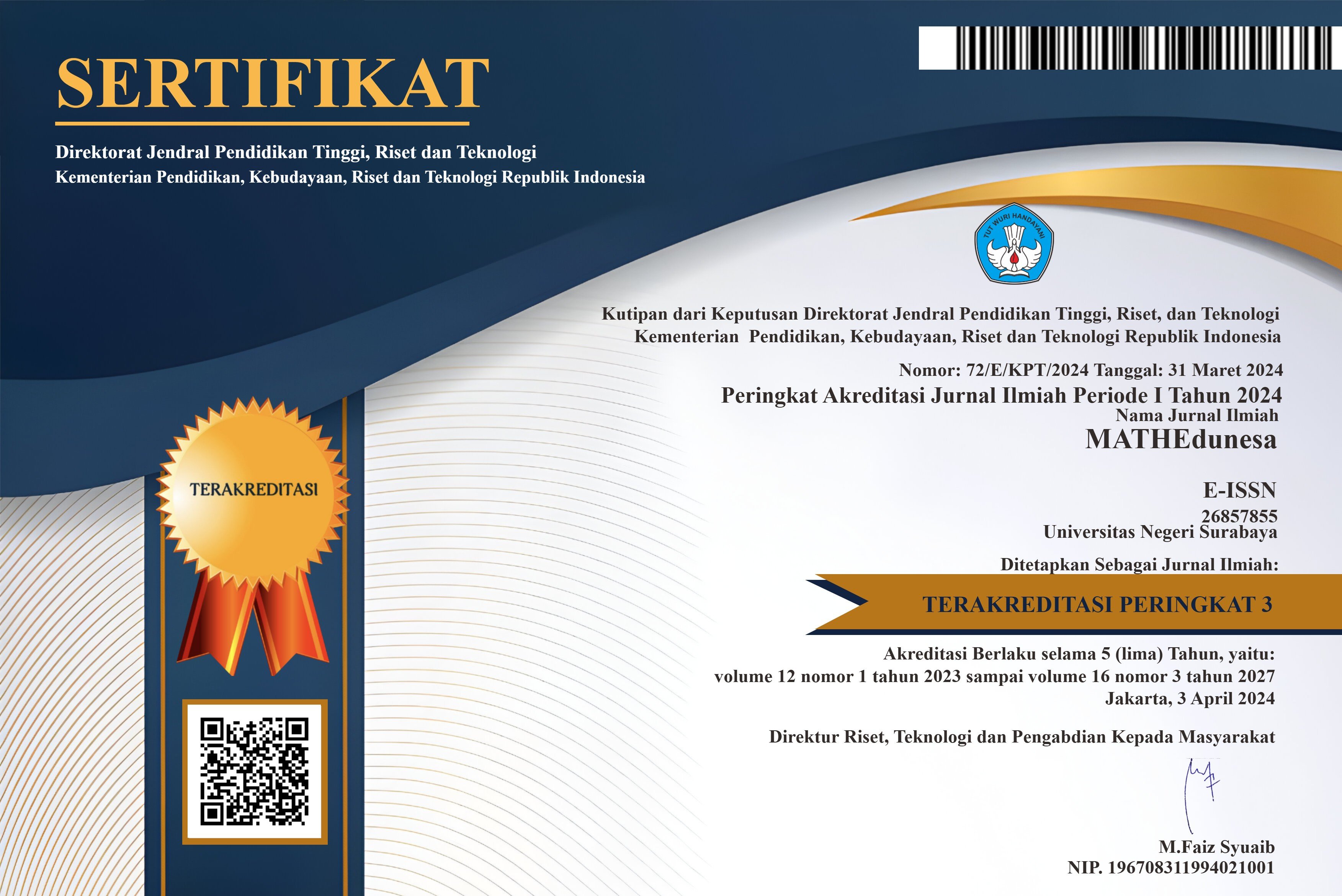DOI:
https://doi.org/10.26740/mathedunesa.v8n2.p84-89Downloads
Download data is not yet available.
Downloads
Published
2019-03-22
Issue
Section
Articles
 Abstract views: 92
,
Abstract views: 92
, PDF Downloads: 75
PDF Downloads: 75




